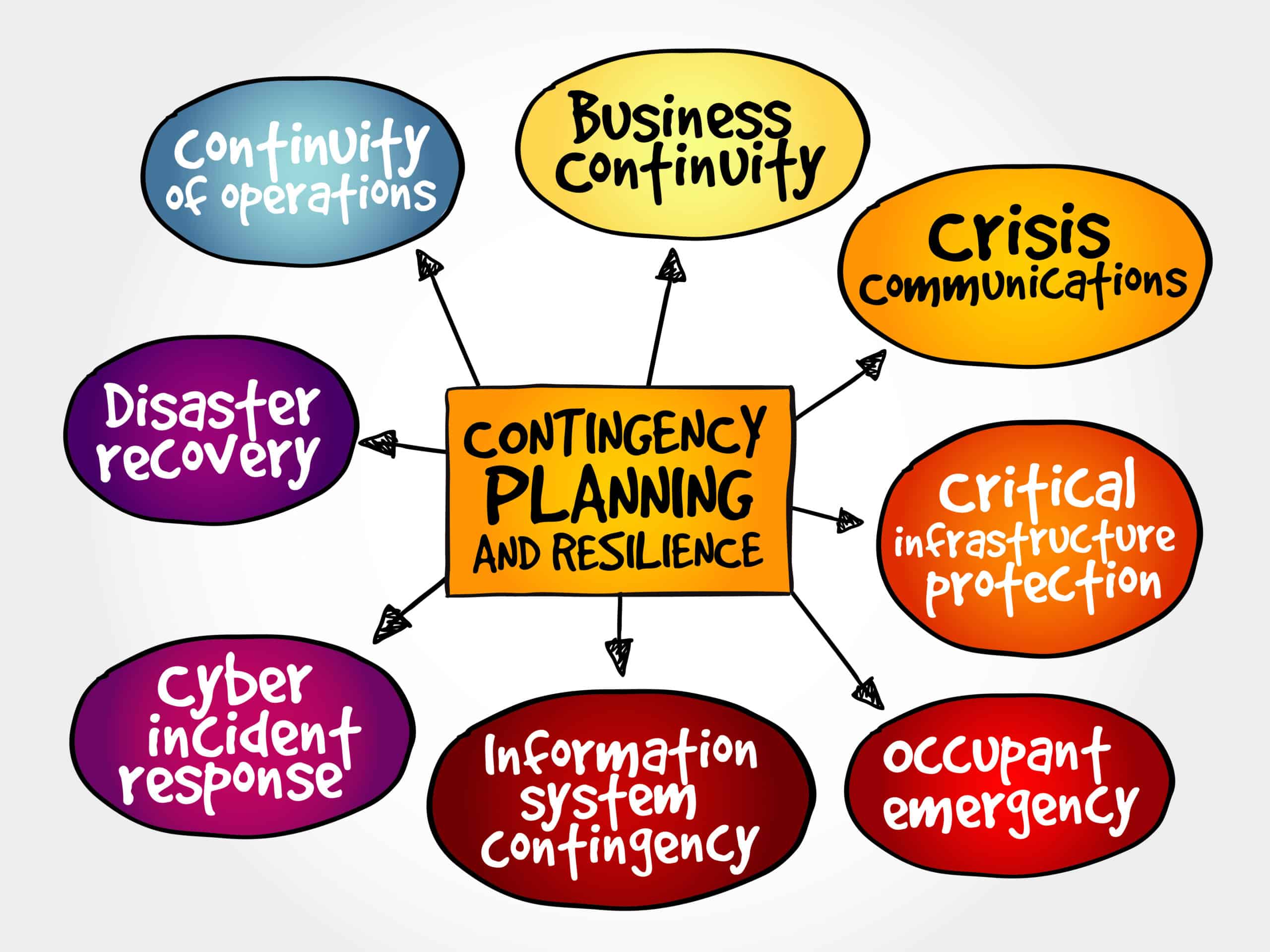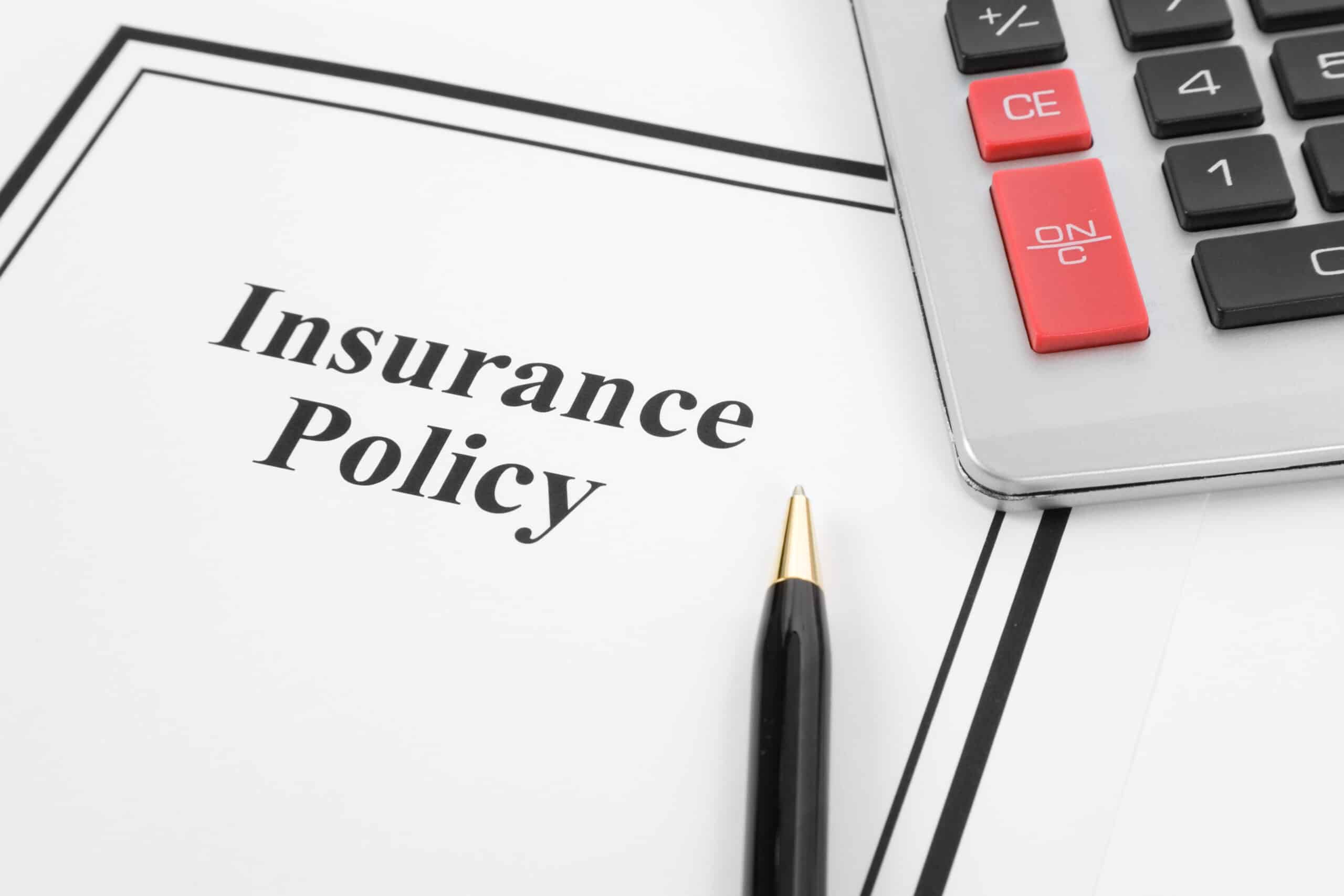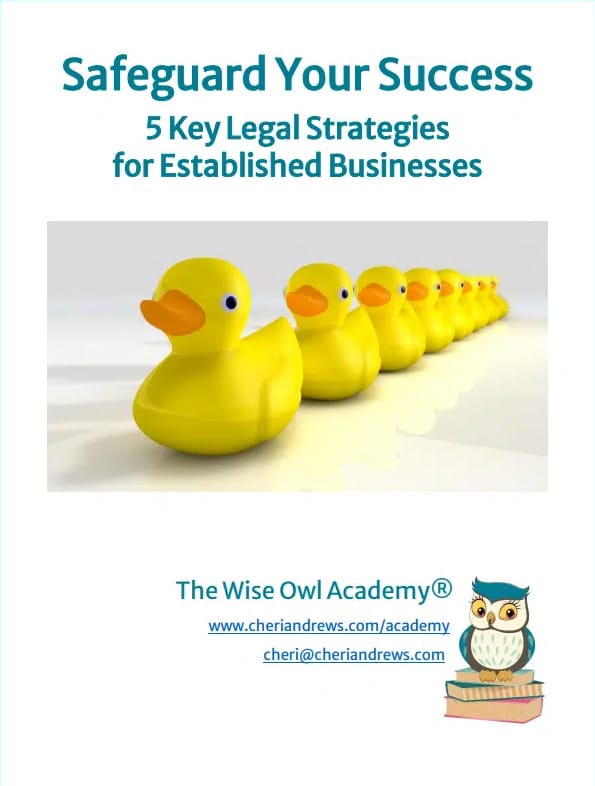It’s not time for succession planning. Or is it? Many small business owners, still a long way from considering retirement, may think that future focused planning can wait. And solopreneurs who are within five to ten years of retirement may believe that they’ll just allow their business to die quietly. So they aren’t worried about succession or passing on the business.
But consider this worst case scenario: what if you, a young healthy entrepreneur with a promising future, end up in a tragic car crash that takes your life. What happens to your business and clients then? Do your heirs even know how to find your client list to notify them?
Creating a business succession plan will allow your business to continue operations when you are no longer able or willing to. Whether it’s time for retirement, you become permanently incapacitated, or you die, having a succession plan in place will secure your legacy.
What is Business Succession Planning?
Business succession planning is your exit strategy. How do you get out of your business or retire when the time comes? In a succession plan, you decide in advance what will happen with your business if you retire, suffer health issues that prevent you from working, become permanently incapacitated, or die. You decide whether your business will continue or terminate. If it will continue, you determine who will own and manage the business, how that transfer will occur, and how the new owner will be compensated. If your business will terminate, you name who will be responsible for shutting it down. And you provide them with all the information and access they will need to make that happen.
For solopreneurs and small businesses that rely heavily on the owner’s involvement, succession planning is crucial to ensure the business can continue operating successfully. It also provides reassurance that your business assets and legacy will be protected.
What are the Key Elements of a Business Succession Plan?
The key elements of a business succession plan include:
Identify a successor.
Choose someone to take over the business. This might be someone within your organization who has the qualities and skills necessary to continue leading the company. For smaller businesses and solopreneurs this may be a family member, business partner, close friend, or individuals in your network or industry. Make sure to get their commitment prior to naming them in your succession plan. You want to name someone who actually wants the job!
Conduct a financial valuation.
Work with your accountant to determine the monetary value of your business. If your succession plan involves selling the business, this will impact the price and how the successor pays for ownership interest. If the business is transferring to an heir, this will likely affect your estate planning and needs to be captured appropriately.
Draft legal documentation.
Have your attorney draft a buy-sell agreement, stock transfer documents, etc. to execute the transition. Make sure the documentation is as specific as possible regarding the logistics of the transfer. Outline roles, responsibilities, and timelines for the transition. And be transparent with all parties about your intentions and expectations. You should also incorporate your business succession plan into your overall estate planning strategy. Wills, trusts, and other estate planning tools can help ensure a smooth transition and protect the rights of your heirs. Note that the legal structure of your business can impact your succession planning. Each entity type has unique implications for the transfer of ownership.
Create a timeline.
Determine when transfer of ownership will occur, such as upon retirement age, after a certain time period, or death.
Schedule a transition period.
If possible, plan for adequate time to train your successor on running the business operations. Equip them with the knowledge and skills required to handle their new roles effectively.
Plan for financing.
Figure out how the ownership transfer will be funded. Successors may use loans, personal savings, life insurance, or proceeds from your estate.
Understand the tax implications.
Meet with a tax professional to minimize tax liabilities when transferring ownership. Your tax professional can explore options such as gifting, sales, or other tax-efficient strategies.
What if You Don’t Want/Need a Successor?
Not all small businesses will continue after the owner decides to retire, becomes unable to work, or dies. And that’s okay. If your business is highly reliant on your personal skills and relationships, it may be impossible for anyone else to take over for you. If you know that you won’t have a successor, that means you don’t need to worry about a succession plan. But, it doesn’t mean you are off the hook! If something happens to you before you have taken steps to shut down your business, someone else (likely a spouse, child, or other loved one) will be left to clean up the mess. In this case you’ll need a plan for winding down and closing the business. Let’s call it a termination plan.
The key elements to the termination plan include:
A Decision-Maker.
Typically the Executor of the Estate ends up in the shoes of the owner and is responsible for deciding what to do with the business. But he or she may not be the best choice. If you know someone better suited to handle notifying clients, disbursing assets, and closing down your business, it is best to leave explicit instructions for this. Make sure your decision maker is on board with taking on this duty if you are unable to shut your business down on your own.
Access to Business Bank Accounts.
Figuring out how to take charge of the business’ bank accounts, especially if the deceased or incapacitated owner is the only signatory, can be problematic. The bank may not allow checks to be written or withdrawals to be made. The bank may freeze the accounts when they learn of a business owner’s death. And then, bills don’t get paid and services necessary to an effective shut down may not be available. As soon as the decision-maker has stepped into this role, whether permanent or temporary, make the bank aware of his or her identity and provide the legal documents that prove their authority. This may involve having the executor name themselves or the chosen decision maker as the new president.
Access to Digital Assets.
Many small businesses are reliant upon a digital, online presence to conduct business. Because of this, the executor, administrator, or other decision maker will need access to passwords, so that they can control and make decisions relating to those assets. Provide this information ahead of time to your decision maker – don’t make them jump through legal hoops to get access to your CRM, website, email provider, and other critical software. Or create a segregated list in a password manager that will allow the decision maker access to the needed passwords should that time come.
Having a termination plan in place will save your executor or other loved one a lot of frustration at a time when their ability to cope may be significantly compromised. Do it for them!
Conclusion
According to the U.S. Bureau of Labor Statistics, 70% of business owners do not have an exit strategy, but intend to retire within ten years. As a solopreneur or small business owner, your business is an extension of yourself and it deserves a thoughtful approach to succession planning. Taking time to implement business succession/termination planning provides you with greater confidence and peace of mind that your business can carry on or close down should unexpected events occur. It helps ensure a smooth ownership transition and minimizes disruption from emergency situations. With plans in place, you can focus more fully on running your business day-to-day.













